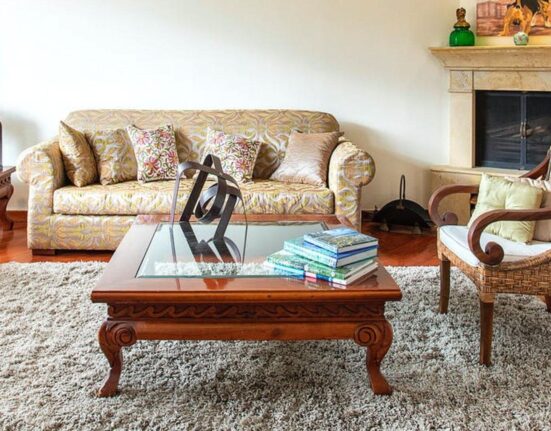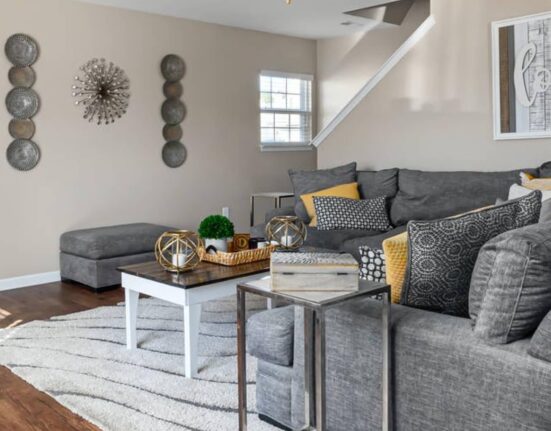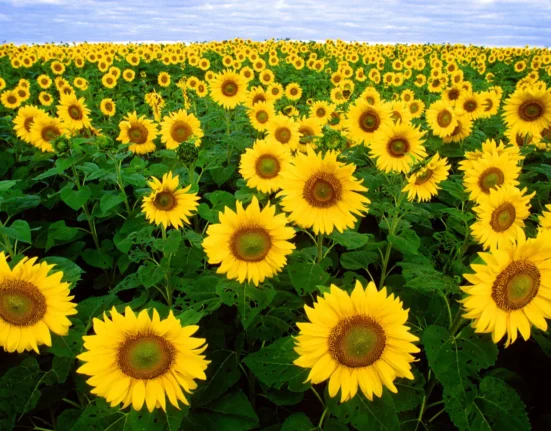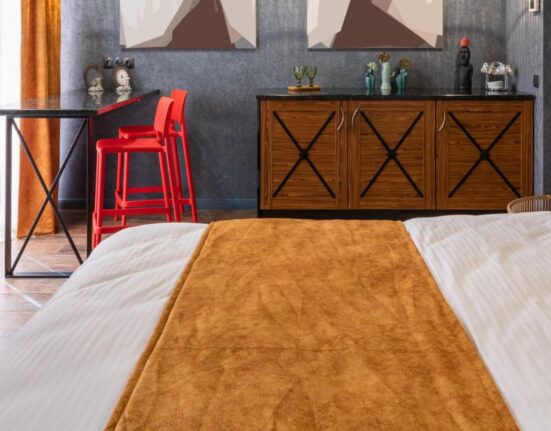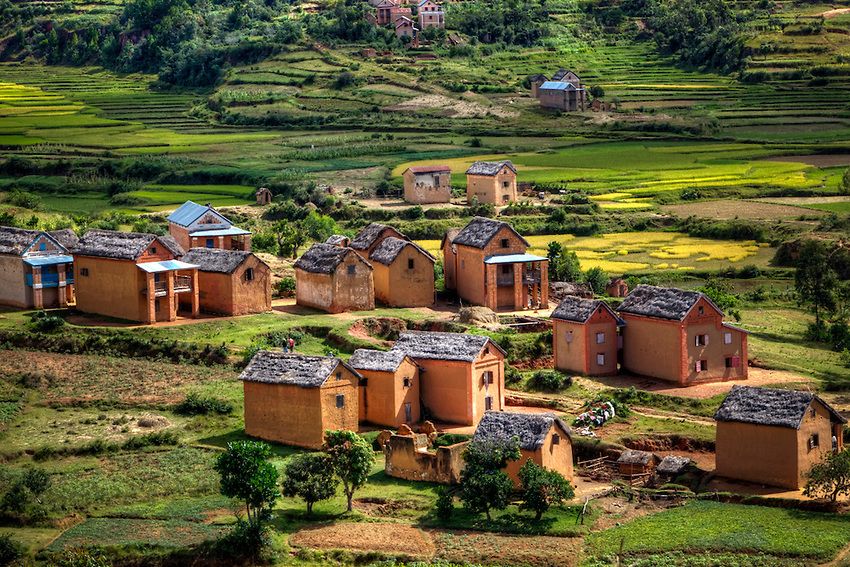Houses in Madagascar, the world’s fourth-largest island, is a land of rich biodiversity, unique culture, and fascinating architectural styles. Its distinctive houses reflect the country’s history, traditions, and environment. From the rural highlands to the coastal regions, Madagascar houses showcase its people’s diversity and creativity. In this article, we will explore the various types of homes across Madagascar, their cultural significance, and how they are evolving in modern times.
Traditional Houses in Madagascar
The Influence of Malagasy Culture on Architecture
Traditional houses in Madagascar are deeply rooted in Malagasy culture and history. The environment and the socio-economic status of the occupants influence the construction methods, materials, and designs. Houses are more than just shelters—they symbolize the values and beliefs of the Malagasy people.
The Common Features of Traditional Malagasy Houses
Traditional houses, particularly in the highlands, are often rectangular and made from locally available materials such as clay, wood, and thatch. The walls are typically constructed using dried mud or bricks, while the roofs are steeply sloped to withstand the heavy rains expected in the region. Inside, homes are often simple, with few rooms and minimal furniture, reflecting the modest lifestyle of the inhabitants.
In Malagasy culture, a house’s orientation has has symbolic significance. Houses are traditionally aligned east to west, with the east side considered sacred because it faces the rising sun, which is associated with life and renewal.
Highland Houses: A Symbol of Resilience
Clay-Brick Homes of the Central Highlands
The highlands of Madagascar, particularly around Antananarivo, are known for their clay-brick houses. These houses in Madagascar are built from red clay bricks that are dried and fired, creating a sturdy and weather-resistant material. The reddish-brown hue of these homes blends harmoniously with the surrounding landscape, creating a picturesque view of rolling hills dotted with houses.
Clay-brick houses often feature intricate designs and wooden balconies, demonstrating the craftsmanship of local builders. Despite their aesthetic appeal, these homes are practical and durable, making them ideal for the highlands’ highlands’ cooler climate and occasional cyclones.
Coastal and Rural Houses in Madagascar
Thatched Roofs and Bamboo Walls in Coastal Regions
In the coastal regions, where the climate is hot and humid, houses in Madagascar are often built using lightweight materials like bamboo and palm leaves. These materials are ideal for regulating indoor temperatures and are readily available in the coastal environment.
Traditional coastal homes, called “transphobe” (large houses), often have thatched roofs made from dried palm fronds or other vegetation. The walls may be constructed from woven bamboo or other plant fibres, creating a lightweight and breathable structure. While these homes are less durable than clay-brick houses, they are well-suited for the warm, tropical climate and can be rebuilt relatively quickly after storms.
Elevated Homes in Flood-Prone Areas
In some rural areas, especially those prone to flooding, homes are built on stilts. These elevated houses in Madagascar protect inhabitants from rising waters and provide ventilation underneath the structure, which helps keep the interior cool. Using stilts is a practical adaptation to the environment and a testament to the resourcefulness of the Malagasy people.
Modern Houses in Madagascar
The Shift Toward Urbanization
As Madagascar experiences urbanization, housing styles are evolving. Modern houses in Madagascar are often a mix of traditional and contemporary designs. In cities like Antananarivo, you’ll find multi-story buildings made of concrete and steel, reflecting a more urban and Westernized aesthetic. These homes have modern amenities like electricity and running water,which are less standard in rural areas.
While modern homes provide greater comfort and durability, there is concern that traditional architectural styles and techniques are being lost. Some architects and builders are attempting to incorporate traditional Malagasy design elements into modern constructions to preserve the country’s cultural heritage.
Sustainable Housing Projects
Sustainability is becoming an essential consideration in Madagascar’s housing sector. Deforestation and environmental degradation pose significant challenges, and a growing movement toward eco-friendly construction exists. Many new houses in Madagascar are being built with sustainable materials like recycled wood and locally sourced clay. Solar panels and rainwater harvesting systems are also incorporated into some homes to reduce environmental impact and improve energy efficiency.
Cultural Significance of Houses in Madagascar
Homes as a Reflection of Social Identity
In Madagascar, a house is more than just a physical structure; it reflects social identity and family heritage. For many Malagasy people, their home is a source of pride and a symbol of their connection to their ancestors. Traditional homes often include a family altar or sacred space dedicated to honouring ancestors, emphasizing the spiritual importance of the house.
Building a new house is also a communal activity in many rural areas. Friends and family come together to help with the project, reinforcing the sense of community and mutual support that is central to Malagasy culture.
Challenges Facing Housing in Madagascar
Natural Disasters and Climate Change
One of the biggest challenges for houses in Madagascar is the impact of natural disasters. The country is frequently hit by cyclones, which can cause extensive damage to homes, particularly in coastal and low-lying areas. Traditional homes made of bamboo and thatch are especially vulnerable to strong winds and heavy rains.
Climate change exacerbates these challenges, with rising sea levels and unpredictable weather patterns threatening housing stability in many parts of the island. Efforts to improve homes’ resilience, such as using stronger materials and incorporating disaster-resistant designs, are crucial for protecting the livelihoods of Malagasy families.
Housing Inequality and Urbanization
As Madagascar’s population grows, housing inequality is becoming more pronounced. In urban areas, informal settlements are expanding rapidly, with many living in overcrowded, poorly constructed homes. Access to affordable and adequate housing remains a significant issue, particularly for low-income families.
Preserving the Legacy of Malagasy Architecture
While Madagascar’s housing landscape is changing, a strong desire exists to preserve the traditional architectural styles integral to the island’s cultural identity. Organizations and individuals are working to document and revive conventional building techniques, ensuring that the knowledge is passed down to future generations.
Initiatives to promote sustainable and culturally relevant housing are also gaining momentum. By combining traditional wisdom with modern innovation, homes can be created that are both functional and deeply connected to the Malagasy way of life.
Conclusion
Houses in Madagascar are as diverse and captivating as the island itself. From the clay-brick homes of the highlands to the thatched-roof huts of the coast, each style reflects the region’s unique environment, history, and culture. While modernity and urbanization are changing the housing landscape, the enduring beauty of traditional Malagasy architecture continues to inspire and inform new designs.
As Madagascar faces challenges like climate change and housing inequality, its people’s resilience and creativity remain evident in their approach to building and preserving homes. By embracing sustainable practices and honouring their rich architectural heritage, the Malagasy people can continue to create homes that are not only practical but also deeply meaningful. Whether you’re exploring the island’s rural villages or bustling cities, the houses in Madagascar stand as a testament to the island’s remarkable spirit and ingenuity.



